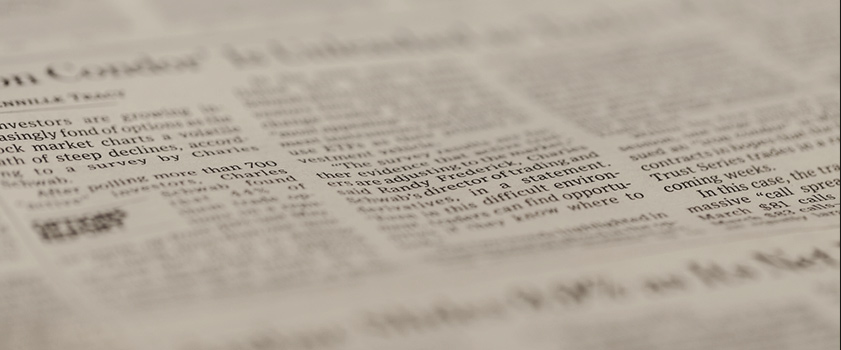That old adage, “today’s headlines are tomorrow’s fish and chip wrappers”, is now lost on many. Not because of the rejection of irresponsibly sourced fish or the introduction of biodegradable takeaway boxes, no. But because of the slow, painful death of print media.
In March of this year, The Independent, the centrist tabloid paper, made the leap to online only. Perhaps less of a surprise, before that, popular (but specialist) magazines such as Company, FHM, Bliss and Easy Living ceased production. Most worryingly of all, Trinity Mirror’s newly launched paper, The New Day – which offers a sleek design and a tone aimed at a millennial readership – folded after a short nine-week stint in production. Even the paper designed specifically for the paperless generation couldn’t survive a meagre three months. The papers and magazines Brits once loved, despite inky fingers and the remarkable capability to fall apart almost immediately, have become passé
So why are readers – both young and old – shunning print media for iPad apps and trending topics? The fact is that digital media offers a spectrum of qualities that print could never dream of. Digital media offers the same lasting stories we can read in our daily rag – but up to the minute, edited and re-edited as the story develops. Equally, stories can be erased at the literal click of the button, retracted or re-written without warning. Digital stories are sharable without the need for a postage stamp, interactive and often image centric – the elements we increasingly seek as our attention spans dwindle. Stories appear faster and more easily – last night’s football scores can be delivered into the palm of our hands before we even have to get out of bed.
However, in many cases, print may still be relevant. Of course, the daily broadsheets we see littering train stations at the end of the work day got there by some means, despite Mintel’s forecast that copies will decline by 2,057 million by next year. For titles never originally in print, hard copies offer a rare novelty reserved for limited and special editions. In a marketing respect, consumer publicists should still champion print for opportunistic PR and picture stories, and it is still the case with many weeklies that their sites are used as padding between print issues rather than a content centre in their own right.
The clue to digital marketers’ preference is in the name. We campaign for digital content because it meets all our needs, and if you need reminding why digital is the newly crowned king, here are our Outreach team’s top five favourite things about digital media:
1. Constant audience communication
Marketers can keep connecting with content consumers, rather than just when they pick up a paper.
2. Cost-effective creativity
Digital content suits any budget and any style, and marketers can supply all-you-can-eat content for their audience!
3. Easy and accurate analysis
We can see who’s reading what, how often, when, where and how they’re sharing!
4. Interactivity
Content is living and breathing, and interactive capabilities invite audiences to engage.
5. Up to the minute
No more retractions and amends the next morning, digital content can be updated as it happens, constantly being edited and expanded upon.

Finally, though print doesn’t seem to be going to the grave just yet, it’s safe to assume that digital is here to take the reigns as soon as possible; the admission that the Mail Online receives 7.5 million news-hungry visitors a day, while the print edition hits a lowly 1.5 million, isn’t exactly headline worthy now, is it?



